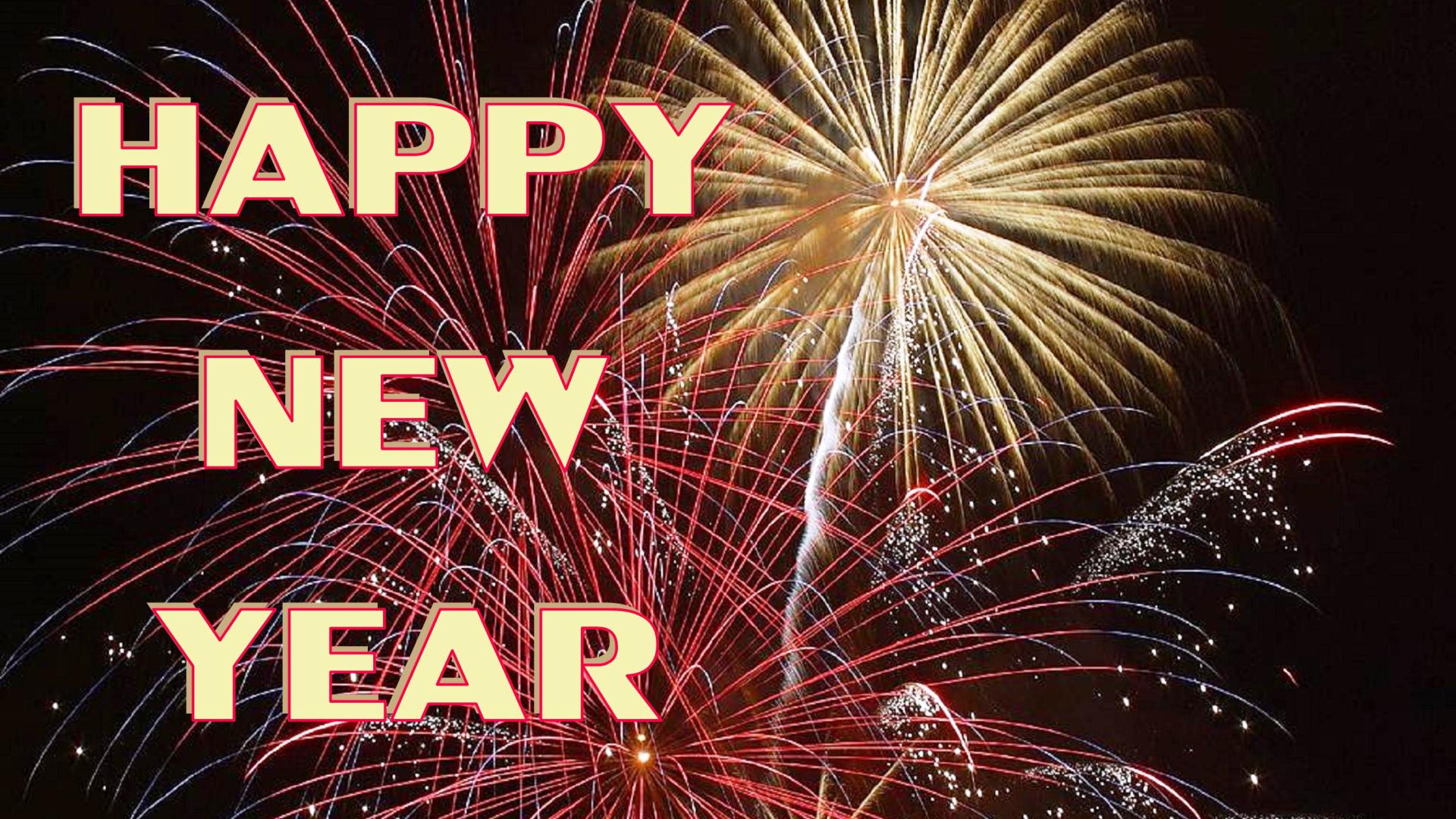The Genesis of January 1st: Why We Celebrate the New Year on This Date
Related Articles: The Genesis of January 1st: Why We Celebrate the New Year on This Date
Introduction
With great pleasure, we will explore the intriguing topic related to The Genesis of January 1st: Why We Celebrate the New Year on This Date. Let’s weave interesting information and offer fresh perspectives to the readers.
Table of Content
The Genesis of January 1st: Why We Celebrate the New Year on This Date

The first day of January, a date ingrained in our collective consciousness as the marker of a fresh start, a time for resolutions and new beginnings, is a relatively recent invention. While the concept of celebrating the passage of time and the cyclical nature of life is ancient, the specific date of January 1st as the New Year’s Day has its roots in a complex interplay of historical, cultural, and religious factors.
The Roman Influence: A Calendar in Flux
The Roman calendar, the foundation upon which our modern Gregorian calendar is built, was initially a lunar calendar with ten months. This system, however, proved inadequate for tracking agricultural cycles and the passage of time accurately. In 713 BCE, King Numa Pompilius, the second king of Rome, is credited with introducing a 12-month calendar, aligning it with the solar year. This calendar, known as the Roman Republican Calendar, began with March, reflecting the agricultural rhythms of the time.
The Roman Republic, however, continued to grapple with calendar inaccuracies. The calendar became increasingly out of sync with the solar year, leading to discrepancies in the timing of festivals and agricultural seasons. This inconsistency was further exacerbated by the practice of adding extra days to the calendar for political expediency.
Julius Caesar’s Reform: A Leap Towards Accuracy
In 45 BCE, Julius Caesar, recognizing the need for a more accurate calendar, commissioned a reform that introduced the Julian calendar. This calendar, based on the solar year, adopted the Egyptian system of a 365-day year with a leap day every four years. It also shifted the calendar’s starting point to January 1st, marking the beginning of the new year.
Caesar’s reform, however, did not immediately gain universal acceptance. Many Romans continued to celebrate the New Year on March 1st, the traditional starting point of the Roman calendar. The shift to January 1st was gradual, gaining momentum with the spread of Roman influence throughout the empire.
The Christian Influence: A New Year’s Day for the Faithful
The rise of Christianity further contributed to the adoption of January 1st as the New Year’s Day. While the early Christians did not initially celebrate the New Year, the Church eventually adopted the Julian calendar, aligning itself with the Roman system. The date of January 1st coincided with the Feast of the Circumcision of Jesus, a significant event in the Christian calendar. This association further solidified the significance of January 1st as the New Year’s Day, particularly in Christian societies.
The Gregorian Reform: Fine-Tuning the Calendar
The Julian calendar, despite its improvement over its predecessors, still suffered from inaccuracies. The leap year system, while effective, slightly overestimated the length of the solar year, leading to a gradual drift in the calendar. This drift was addressed by Pope Gregory XIII in 1582, who introduced the Gregorian calendar. This reform, which is the calendar we use today, adjusted the leap year system, removing three leap years every four centuries.
The Gregorian calendar, while a significant improvement, did not immediately replace the Julian calendar. Some countries, including Russia, continued to use the Julian calendar until the 20th century. The adoption of the Gregorian calendar further reinforced the significance of January 1st as the New Year’s Day, solidifying its global recognition.
Beyond the Calendar: The Symbolic Significance of January 1st
The date of January 1st, while rooted in historical and religious contexts, has also gained a deeper symbolic significance. It represents a moment of transition, a time for reflection and renewal. The turning of the year offers a clean slate, a chance to shed the burdens of the past and embrace the possibilities of the future.
This symbolic significance is reflected in the rituals and traditions associated with New Year’s Day. From fireworks displays and celebratory feasts to resolutions and new beginnings, the first day of January has become a global occasion for celebrating the passage of time and the promise of a fresh start.
FAQs on the Origins of January 1st
Q: Why did the Romans change the New Year’s Day to January 1st?
A: The Roman calendar, initially a lunar calendar with ten months, was inaccurate and inconsistent. Julius Caesar, in 45 BCE, introduced the Julian calendar, a solar calendar based on the Egyptian system. This reform shifted the New Year’s Day to January 1st, aligning it with the beginning of the solar year.
Q: Why is January 1st associated with the Feast of the Circumcision of Jesus?
A: The early Christians did not initially celebrate the New Year. However, the Church eventually adopted the Julian calendar, aligning itself with the Roman system. The date of January 1st coincided with the Feast of the Circumcision of Jesus, a significant event in the Christian calendar. This association further solidified the significance of January 1st as the New Year’s Day.
Q: Why is January 1st still celebrated as the New Year’s Day even though the calendar has been reformed?
A: The Gregorian reform, while improving the accuracy of the calendar, did not change the date of the New Year’s Day. January 1st, having gained symbolic significance as a time for reflection and renewal, has continued to be celebrated as the New Year’s Day globally.
Tips for Understanding the Significance of January 1st
- Explore the history of calendars: Delving into the evolution of calendars, from ancient lunar systems to modern solar calendars, provides insights into the rationale behind the choice of January 1st as the New Year’s Day.
- Research the influence of Roman and Christian cultures: Understanding the impact of Roman and Christian traditions on the adoption of January 1st as the New Year’s Day sheds light on the cultural and religious factors that contributed to its significance.
- Reflect on the symbolic meaning of January 1st: The date of January 1st holds a profound symbolic significance as a time for reflection, renewal, and new beginnings. Recognizing this symbolism can enhance the meaning of the New Year’s Day celebration.
Conclusion
The choice of January 1st as the New Year’s Day is a testament to the interplay of historical, cultural, and religious factors. From the Roman calendar reform to the influence of Christianity, the date has evolved from a practical necessity to a globally recognized symbol of a fresh start. As we celebrate the New Year on January 1st, we acknowledge not only the passage of time but also the enduring power of tradition and the enduring human desire for renewal and hope.








Closure
Thus, we hope this article has provided valuable insights into The Genesis of January 1st: Why We Celebrate the New Year on This Date. We thank you for taking the time to read this article. See you in our next article!